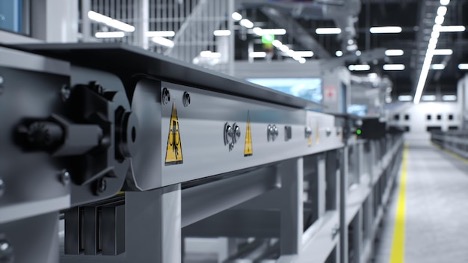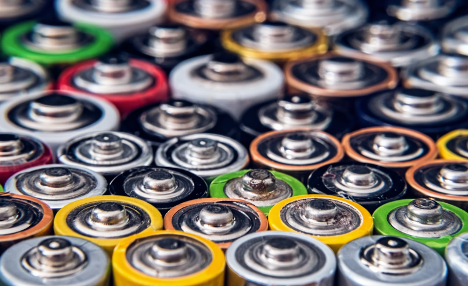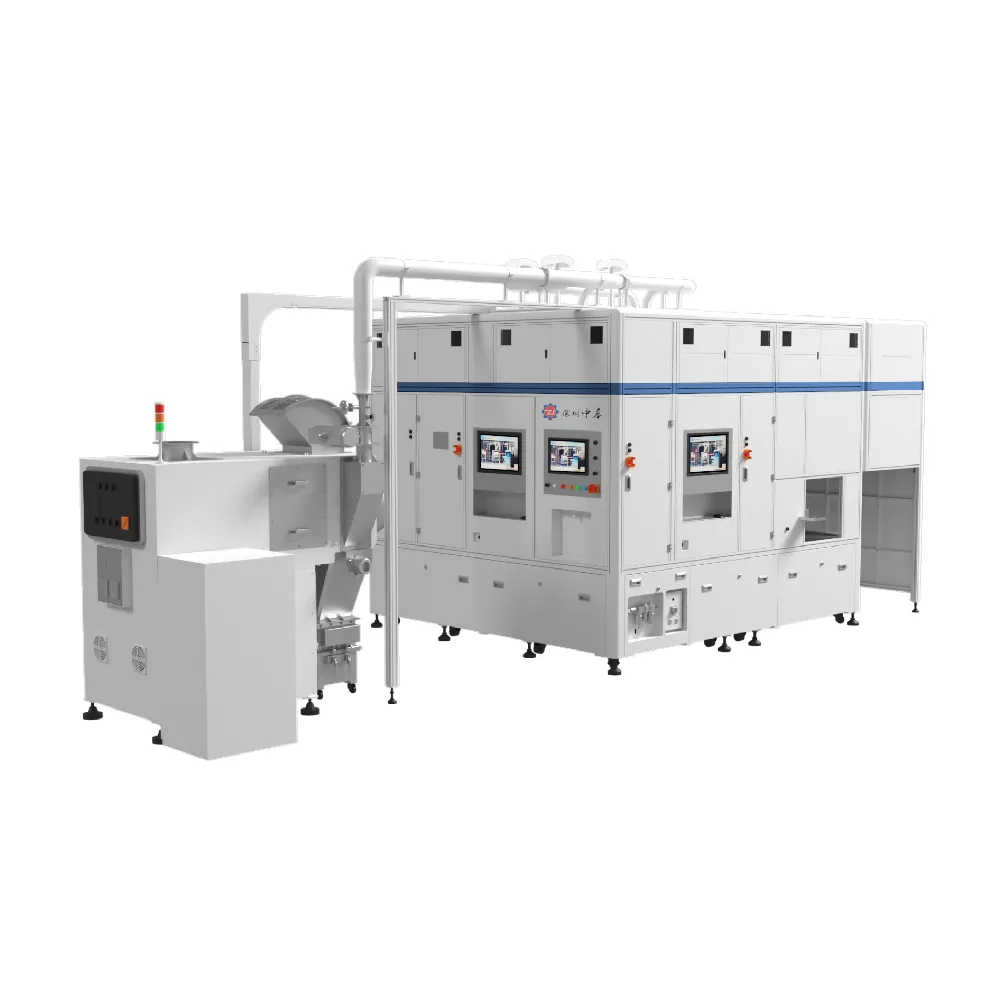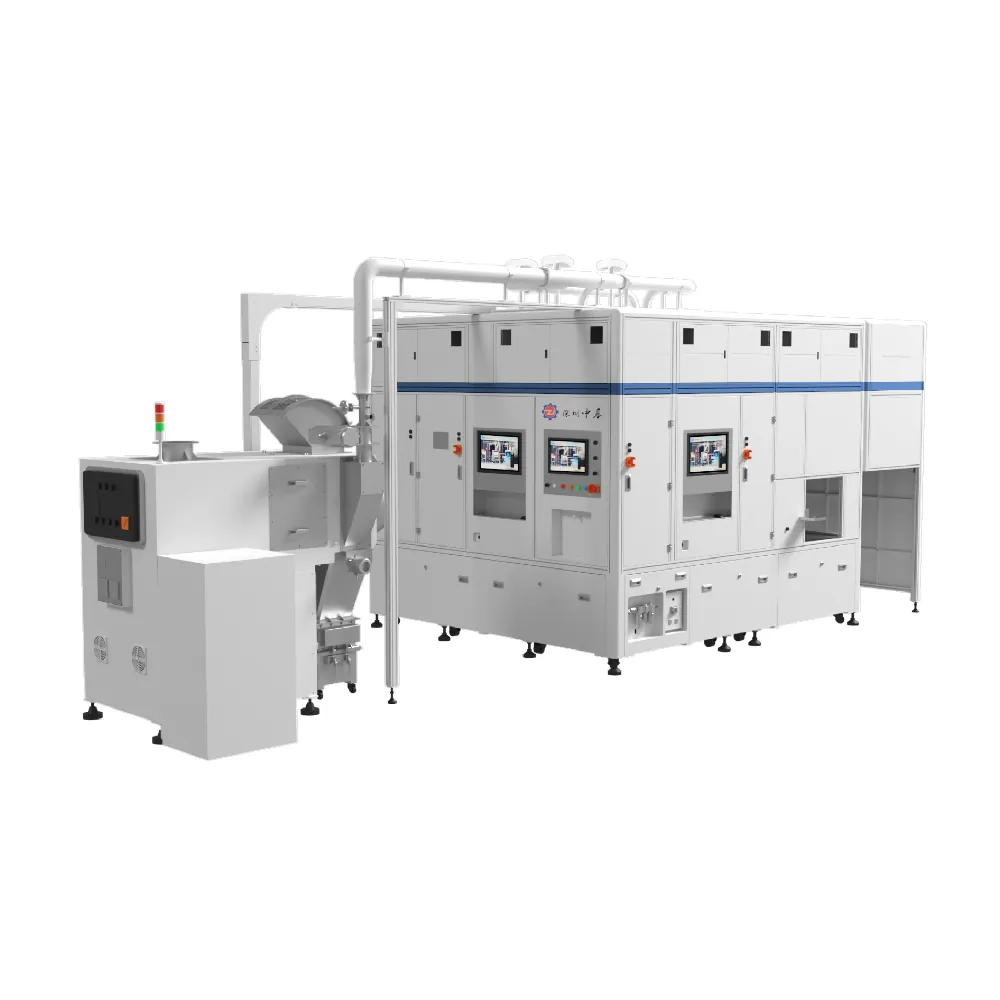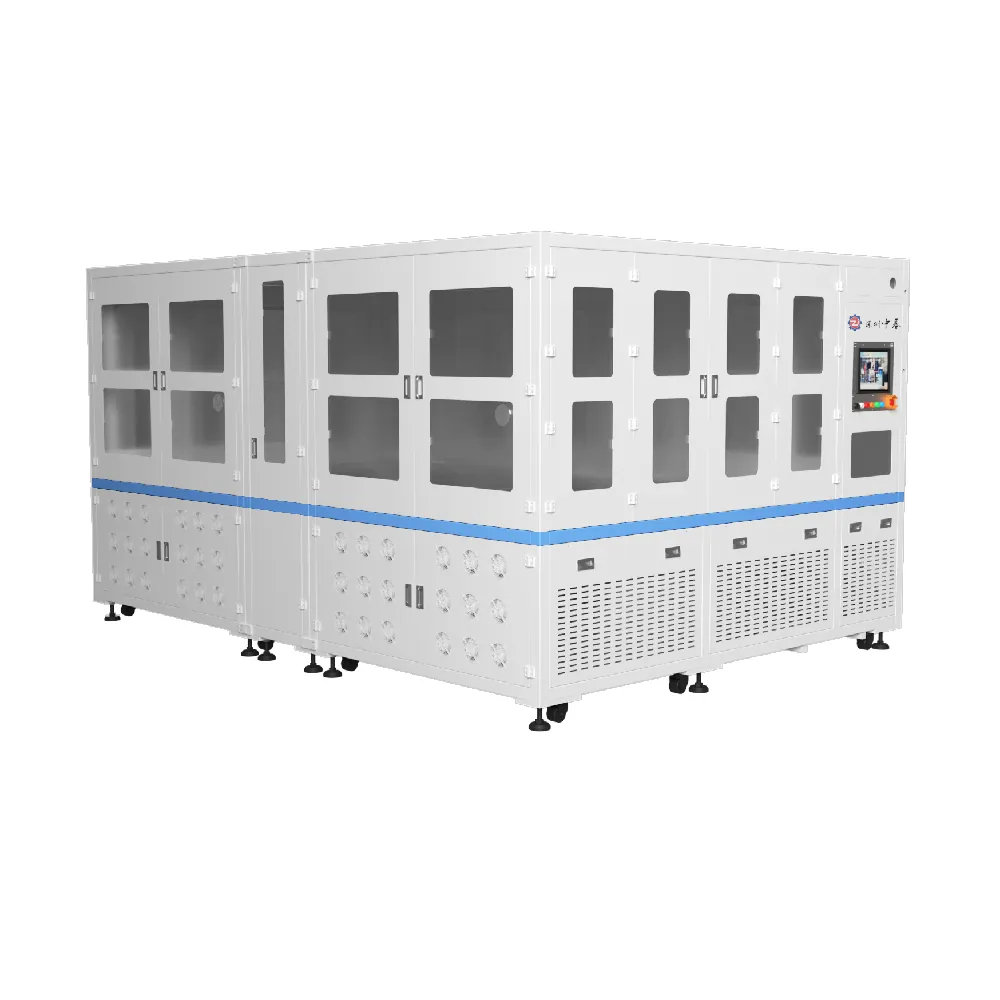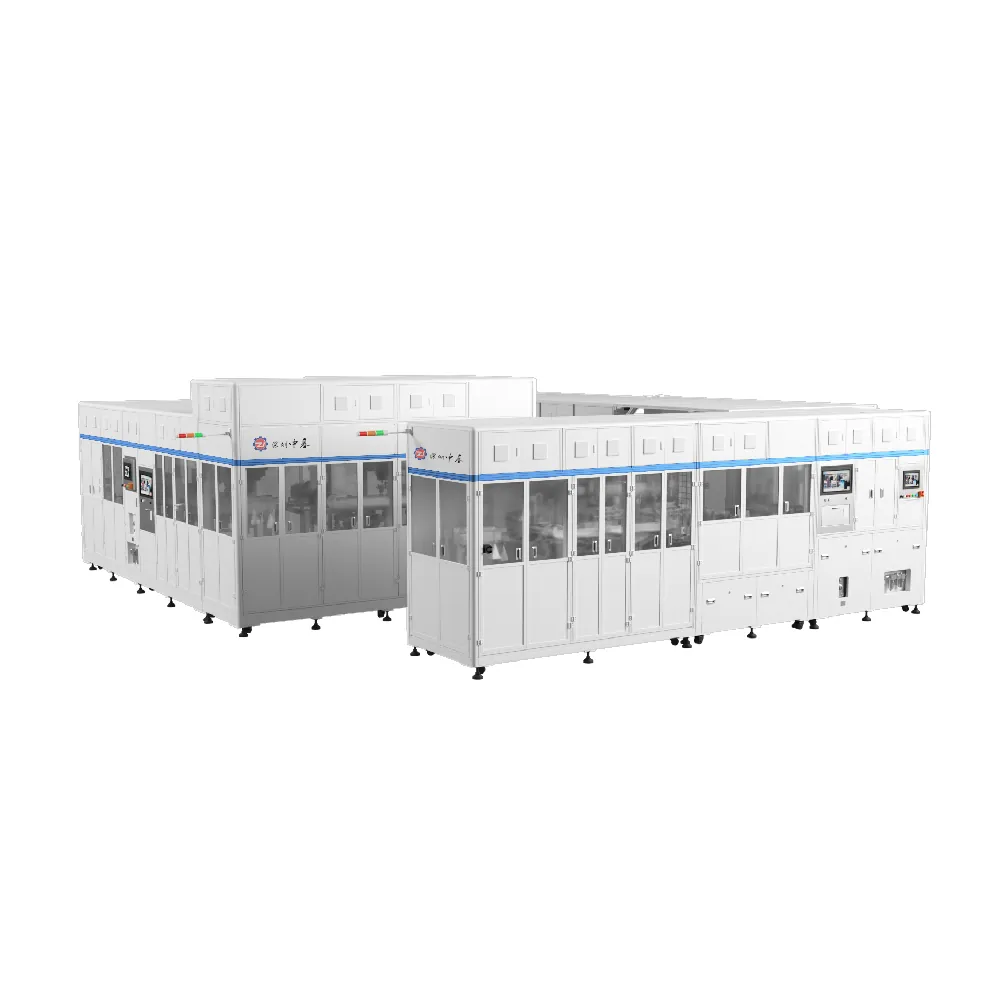
How Does the Digital Assembly Line Boost the EV Battery Market?
As the world moves decisively towards sustainability, the automotive industry is undergoing a transformation with electric vehicles (EVs) at the forefront. This shift is not only about the vehicles themselves but also about the heart of their operation—the EV batteries that power them. In 2023, the global demand for EV batteries surged by an impressive 40%, exceeding 750 GWh[1], with the majority of this demand driven by an uptick in electric vehicle sales. This increase is a clear indicator of a broader trend that is reshaping the energy and automotive landscapes across the globe. Regions like the United States, Europe, and China are leading this charge, not just in terms of EV sales but also through their contributions to the EV battery market. These areas have become critical hubs for battery production, closely aligning manufacturing capacity with market demand. However, with great demand comes the great responsibility of meeting it efficiently and sustainably. This is where digital assembly lines for battery manufacturing come into play. Traditional battery manufacturing processes are being revolutionized by the integration of digital technologies. The adoption of digital assembly lines in battery production promises not only to meet the growing demand more efficiently but also to elevate the production process to new heights of precision and productivity. Let’s see! Current Situation of EV Batteries in Mainstream Areas The current situation of the EV battery market in the mainstream regions of the United States, European Union, and China showcases varied levels of market penetration, production capabilities, and overall market size. By taking data from 2023, it reflects different stages of EV adoption and industry development. 1. United States In the United States, the EV market is progressively establishing itself. As of 2023, the U.S. produced around 70 GWh of EV batteries[2], indicating a developing capacity that is beginning to

